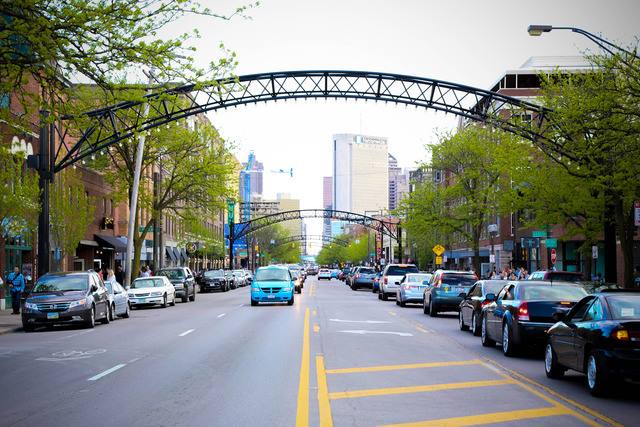Short North on the cheap? Tax incentive overhaul bringing affordability to booming areas

Yesterday, Mayor Andrew Ginther and his posse of City Council members gathered to revise Columbus’ highly debated tax incentive policies for big developers. What they came up with may actually make it possible to afford living in the Short North on a modest salary.
“The plan is detailed, but the mission behind it is very simple: We are using abatements and incentives to promote affordable, mixed-income development and support revitalization in the neighborhoods that need it most,” said Mayor Ginther in a release.
For example, instead of a developer going into the Short North and constructing a mixed-use project with executive-level condos and expensive retail, the new program will only give big tax breaks to developers in the Short North who set aside portions of the buildings for affordable housing or make a payment to an affordable-housing fund.
To be exact, in order for a developer to be eligible for a 100 percent, 15-year property-tax abatement (break) they must set aside 20 percent of units for affordable housing or make annual payments of 125 percent of the difference between the rent collected from the 20 percent least-expensive units and what would have been collected from affordable units, reports The Dispatch. These payments would be put in a fund to aid in the creation of affordable units elsewhere.
The policy of a 100 percent, 15-year property tax break with no set-aside requirements for developers in highly-distressed areas will remain. Examples of these areas would be Linden and Hilltop though the exact areas with correlating incentive policies have not been defined yet.
Downtown, the Brewery District, and Italian Village will be unaffected by real-estate tax break changes for now.
One last important change to note is the city will not provide incentives for jobs paying less than $15 per hour, up from $12 per hour.
Do you see these tax incentive changes as being effective or off the mark?
BROUGHT TO YOU BY



